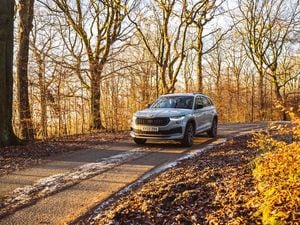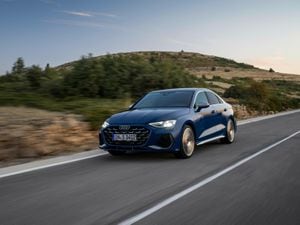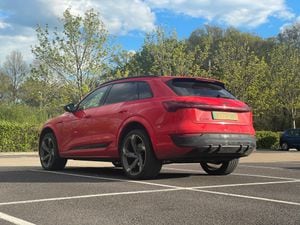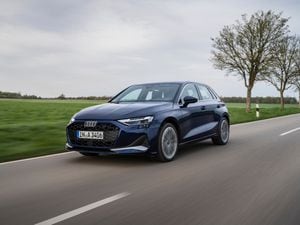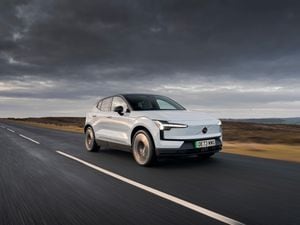Long-term report: Experiencing the future with our new Cupra Born
Ted Welford is getting to grips with Cupra’s new electric Born
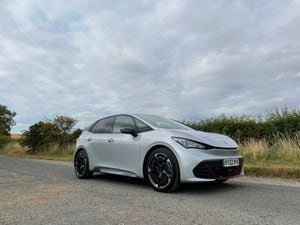
I won’t try to hide my excitement when I found out I’d be running Cupra’s new Born EV.
The excitement was no doubt fuelled – if you’ll excuse the pun – by the Born being handed over on the week when petrol and diesel prices hit their record high, making the switch to an EV perfectly timed.
I’m not alone, either, with more than 115,000 new electric cars being registered in the first six months of 2022 in the UK – more than those powered by diesel, in fact.
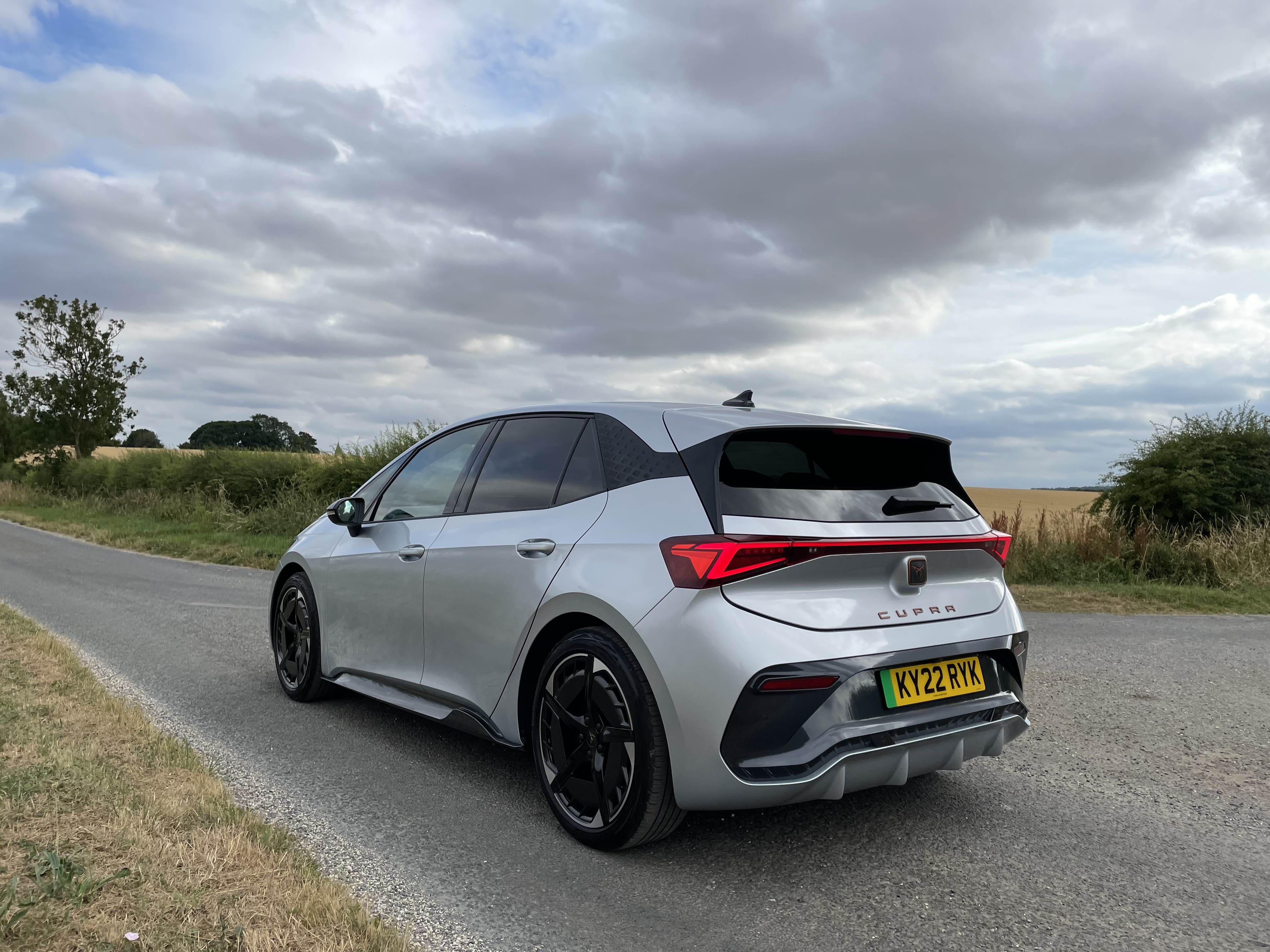
The Cupra Born is one of the newest electric cars on the block and is the first electric model to come from this Spanish performance brand. Based on the widely-used Volkswagen Group MEB EV-only platform, the Born is a sibling model to VW’s own ID.3, with the model clearly being related in terms of design, though Cupra makes its electric hatchback sportier.
There’s a bold front end adorned with the firm’s trademark copper colour, wide side skirts and a cool rear diffuser. Parked side-by-side with the Volkswagen, it makes the ID.3 look rather dull.
There are two battery options available – the 58kWh battery in our test car, and a larger 77kWh unit designed for drivers wanting to go the distance. Even the smaller battery can manage between a (claimed) 233 and 260 miles, though we’re averaging just below that lower number.

KY22 RYK is also a top-spec V3 model, though even entry-level cars get a 12-inch touchscreen, 18-inch alloy wheels and adaptive cruise control. But this V3 model comes with fantastic electric ‘Granite Grey Dinamica’ sports seats with massaging function, as well as large, intricate 20-inch alloy wheels. The only option fitted here is the Geyser Silver paint, costing £565, and bringing the list price up to a not insignificant £38,955.
There are some slightly strange omissions of equipment, which I personally would expect to be fitted to a range-topping £40,000 hatchback – keyless entry and blind spot monitoring being the main ones. In Cupra’s defence, this might be a result of the ongoing shortage of semiconductors, which is creating spec anomalies where manufacturers work to cut down on the number of chips needed.
First impressions? Well, if we’re talking very first impressions, then I can’t pretend that I wasn’t slightly underwhelmed. I ran a Cupra Formentor for four months previously, which shares a 12-inch touchscreen with the Born, with this being one of my main bones of contention with the Formentor, as it was very glitchy. So I can’t say I was overly happy to see it again in this new EV. Thankfully, it has proved faultless so far.

There are also some quirks that I thought were very strange at first. For example, the gear selector isn’t in the usual place, but instead is a small column-mounted shifter on the side of the digital dial display on the dashboard. You flick it away from you for Drive and towards you for Reverse, with the Park button on the side. There’s no handbrake or parking brake at all, either. At first, I thought this was just plain odd and wondered ‘why’, but it’s amazing how quickly you adjust to it. You also don’t have to turn the car ‘on’, just jump in, put your foot on the brake and it’s ready to go. It’s absolutely great, and feels very futuristic in this respect.
One thing that I haven’t adjusted to, however, is the electric windows. It might seem a strange thing to pick up on, I know, but bear with me. Instead of having the usual four window switches on the driver’s side, there are just two, and you have to press ‘rear’ to switch to the back windows. The trouble is, the button is clunky and doesn’t always work. I just can’t get my head around why Cupra and Volkswagen thought ‘this is a better idea’.
But this is all sounding very negative, when in reality that isn’t the case at all. The Born has been a treat in the first 1,000 miles. It’s special to look at, be in and drive, and has never ceased to impress anyone that’s experienced it. So far most of my driving has been well within the Born’s real-world 220-mile range, and I’ve hardly charged anywhere that isn’t at home. Even though we don’t have a quicker home charger, I’m finding plugging it in with a slow three-pin socket is proving no hassle at all.
With longer trips planned in the future, I’m looking forward to seeing how it copes on motorways, and if it continues being as easy to live with as it has in this first month.

